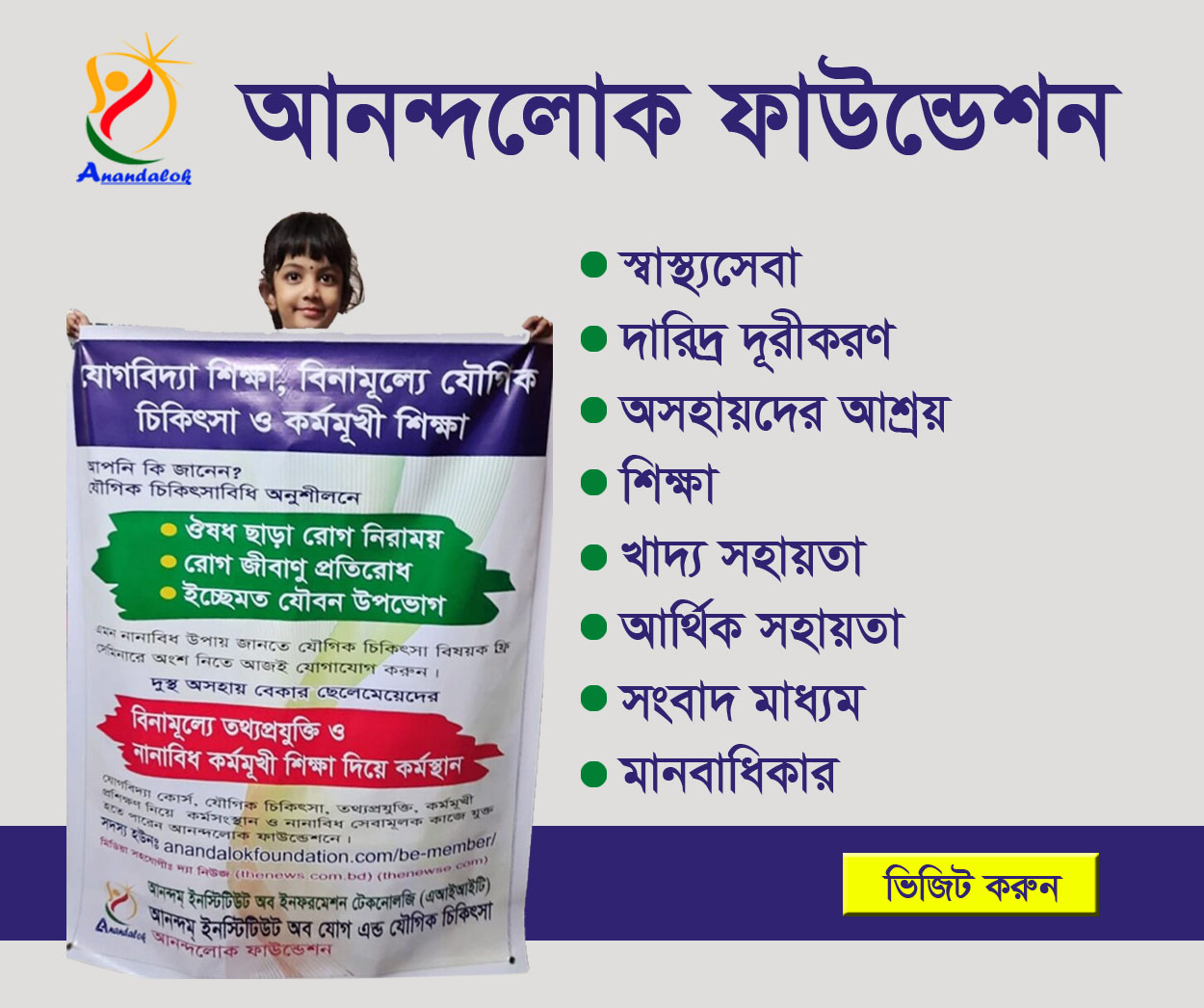RAJIB SHARMA, CHITTAGONG: Around 80 percent working children–81 percent of the total are boys and 79 percent girls-are engaged in risky jobs in urban areas, says a study. It says around 24 percent of working children are subjected to accidents in their workplaces while 26 percent work in unhygienic conditions. The Implementation, Moni-toring and Evaluation Division (IMED) under Ministry of Planning conducted the survey titled ‘Child labor eradication in risky works in Bangladesh (3rd phase)’.
The impact evaluation study report was formulated based on interviews of 508 working children drawn from city corporation and pourasabha areas under 14 districts in seven divisions, reports UNB. Although around 69 percent of the guardians are aware of the fact that their children are engaged in risky works and there is a possibility of accidents and physical harm, they are compelled to let their children to do risky works.

The impact evaluation survey indicated that around 60 percent of the children do work at daytime while 40 percent children work both at daytime and nighttime. Besides, 81 percent children are engaged in risky works to add to the incomes of their families. However, around 17 percent of the child workers said they are engaged in works to become efficient in works, around 15 percent on their guardians’ interest while around 10 percent children are at work as they are not enrolled in any school.
The study shows that the children get on an average Tk 100 each every day working eight hours while the monthly average income of a child could shoot up to Tk 10,500 and the lowest Tk 260. Around 72 percent of the children utilized this income for their families. The 3rd phase of the project was implemented from November 2010 to June 2014 with an expenditure of Tk 68.64 crore.

The long-term objective of this project was to eradicate child labor in risky works while the short-term objective was withdrawing child labor from various risky sectors across the country. The survey found out that the project has created mass awareness against child labor and against various risky works although majority of the fund allocated against the campaign component of the project was not spent.
The study shows that the fathers of most of the working children are small businessmen, day-laborers, rickshaw-pullers while most of their mothers are housewives. The average family income of a child worker is Tk 8,607 while most of the child workers came from poor, lower class and in some cases from middle-class families. The average education level of the child workers is class five.
According to the survey findings, the major barriers to eradicating child labor include poverty, poor salaries and easy conditions in engaging children in jobs, lack of accountability and awareness of the owners, and lack of children-friendly works.

The survey recommends changing the values of people from all strata in eradicating child labour from society, conducting massive campaign against child labour, and making list of the working poor children which includes their guardians in various social safety-net programs.
According to the National Child Labor Survey released in 2015, there are some 3.96 crore children in the country aged between 5 to 17 of which 17 lakh are engaged in various works including 12.10 lakhs in various risky works like in wielding and motor workshop, helpers of vehicles, in plastic and chemical factories, bidi factories, in brick-lines, crushing stones, automobile station, battery recharging station, removal of waste, leather, biscuit and matchbox factories, as well as in various hotels and restaurants.





















